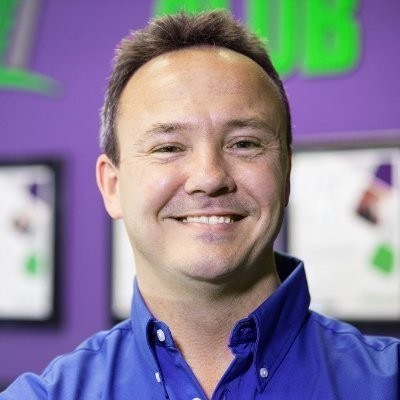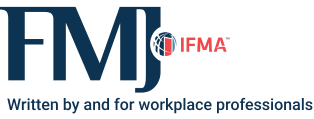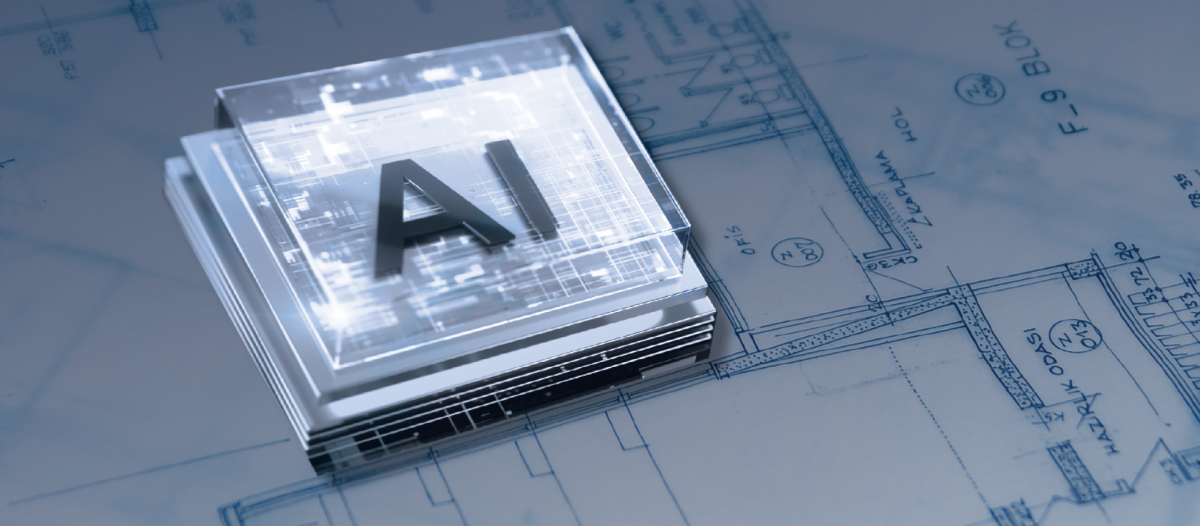Perception is Reality
Why commercial cleaning remains essential

Will there be another infectious disease outbreak that is as severe as — or potentially worse than — the COVID-19 pandemic? It’s a basic deduction: there are simply more possibilities for future pandemics to take place compared to the likelihood that none of them occur at all. Regardless, COVID-19 taught businesses an important lesson, which was the proven value and role that commercial cleaning played.
This was not only in eliminating germs from public spaces but also alleviating some of the stress brought on by the pandemic for these business owners and facility managers. Cleaning is no longer just a perception for businesses; aesthetics are important, but a germ-free environment is necessary. Beyond this point, there are three crucial components for why commercial cleaning will continue to be an essential service.
By combining the expertise gained from the past few years, the technological advancements, and resilience of employees and employers, the industry will excel in the coming years. Those in this industry should still be mindful that anything is possible and nothing is guaranteed. Likewise, they should prepare accordingly for future outbreaks, emergencies or lulls in business. But given current trends and public sentiments — at least for the remainder of the decade — these are the three elements that are leading commercial cleaning forward.
1. Awareness has already been instilled
There is now a greater respect for front-line cleaners than in the pre-COVID-19 days.
Members of the cleaning community are no longer just “the janitor” or “the cleaning team.” They have the responsibility to maintain the health of any other number of public spaces. Due to this perception in role change, there has been a boost in morale for commercial cleaners. The industry strives to clean for health, but the current sentiment and circumstances are now prioritizing this rationale — as opposed to the previous mindset of cleaning for aesthetic purposes.
This desire by businesses to recalibrate their desires toward germ reduction has taken the forefront whereas it was frequently pushed aside in the past. It was one of those “out of sight, out of mind” situations: if an area did not look dirty, management did not feel it should put money into cleaning something that was ostensibly free of contamination. Sometimes it was the result of the company being parsimonious, sometimes it was just a lack of fully understanding the ramifications of inaction. Companies that reviewed data surrounding the flu seasons were more attuned when the pandemic happened than the majority of businesses.
According to a medical journal that was posted onto the NIH website, it was estimated that in the 2017-18 flu season, employees missed 111 million workdays. It was an especially bad year for the flu, and USA Today even reported that around US$15.4 billion was lost in productivity as a result of sick days being taken. The pandemic only
exacerbated this phenomenon of employees being unable to show up to work, either from sickness or fear from exposure to the virus. Flu season was a part of life that companies coped with, but COVID-19 kicked these extremities into overdrive, leading to a pleading desire to control sickness in offices and as a byproduct, increase productivity. It was no longer about seeking the lowest bidding offer to clean; companies began pouring thousands of dollars into cleaning since it could make a big difference. An extra cleaning investment allowed for companies to quickly scale up as they rebounded. Expertise and training on the part of commercial cleaners has been refined over the past few years as companies have become more privy to cleanliness. Concerns over potentially germ-filled areas are taken much more seriously by management, not just from the possibility of economic losses associated with many employees quickly becoming sick, but also from a place of wanting to build a safe and sanitary work environment.
2. The array of technology available
From surgical centers installing UV lights to kill bacteria to robotic equipment that scrubs floors, there is an incentive like no other to find innovative solutions to keep facilities clean. For the latter, UV lights began being installed in operating rooms because research showed that nearly three-quarters of hospital surfaces had not been properly disinfected with traditional methods, and using this technology — which is able to mimic sunlight — was an effective way to reduce germ spread but requires a higher budget.
Electrostatic spraying chemicals, which are approved by the EPA, have been shown to have a 98.6 percent chemical efficacy for up to 30 days and are significantly cheaper than other cleaning chemical alternatives. Some studies have even suggested that electrostatic spraying chemicals last for 90 days with a 92 percent efficacy rate. The chemical’s effectiveness also depends on the product deploying it. The electrostatic sprayer (ESS) has a long track record, having been invented in 1941. However, these chemical solutions have shown a lot of room for growth in new industries, as companies began turning to ESS in 2020 as an appropriate solution on airlines and hotels. Early in the pandemic, hospitals and nursing homes and police departments had priority over ESS equipment supplies, but now they are widely available for other commercial usage. FMs recognize the importance of these solutions in their sanitary duties, even when the general public may not be familiar with them. Because of this, people will look up to FMs who are guiding the way toward safer and cleaner building spaces as a result of this refined sanitary knowledge. In terms of technological and scientific responses to a future contaminant, the COVID-19 pandemic can be used as a guide to tactics that were effective and those that had minimal effects — or even those with negative efficacy. UV lights, robotic cleaners and ESS can all be thought of as weapons used to wage war against germs and diseases. Just like a long-range missile is more effective than a cannonball, an FM will be well-equipped to know the precise timeline for rolling out an “assault” on dangerous contaminants in a building. And furthermore, they will know which solution to apply to the given situation. Certain tasks may become solely delegated to robotic devices, but of cleaning professionals will know which tactics to employ. This knowledge base held by professional cleaners will be just as essential in a decade as it is today.
3. Industry resilience against the Great Resignation & Great Regret
With the exponential rise in recognition that is much deserved for professional cleaners, there was an added positive impact on those in the industry. This came from commonly serviced markets such as commercial offices and gyms, but opened into new arenas such as the manufacturing space. No one had imagined the sort of supply chain issues that occurred, but facility cleaners stepped up to the plate and played a big role in helping where they could to minimize supply chain disruptors. Frontline cleaners do have a relatively quick turnover rate, so there is still a high demand for them. Consequently, this has led to higher pay for professional cleaners as companies try to meet their supply of workers with the current demand.
Professional cleaning has a lot of room to grow. Estimated at US$97.6 billion, the janitorial services industry has expanded by roughly 45 percent since 2012 in the U.S. This resulted in wages being pushed up for those in the industry. And while people from the industry will come and go there is an appeal and known demand for these services. In a sense, it combines the demand of the trucking industry with the frontline respect as the health care sector. This environmental structure for work has shielded employers from experiencing the Great Resignation. As a result of this resilient workplace, those who quit other industries over the past few years are finding themselves a welcoming home in the facilities cleaning industry. Because of its strong reputation for being economically sturdy, the commercial cleaning industry has been bolstered to, hopefully, withstand a future germ-related event and learn from the successes and failures of the previous few years.
Striving for a cleaner future Even though the future of the commercial cleaning industry and facility management looks bright, now is not the time to become complacent. In many ways, complacency with the approach to germs in early 2020 is the reason why so many businesses were caught off guard by COVID-19; it was a deer-in-the-headlights moment for many of them. By 2019, technological advancements were at its peak, but these technologies or tactics— anything from ESS or even washing hands — were not utilized or enacted everywhere. Moving forward, educating the public in an objective fashion about the options available to them is a way to begin the conversation on what actions should be taken. Business owners and clients and other departments will look toward FMs as the guiding figure who will determine the best course of action for the given circumstance. Leaning into this role, it will reaffirm the positive public consensus about those in the cleaning industry.

Read more on Operations & Maintenance and Risk Management or related topics Occupant Health , Risk Management and Occupant Safety
Explore All FMJ Topics









